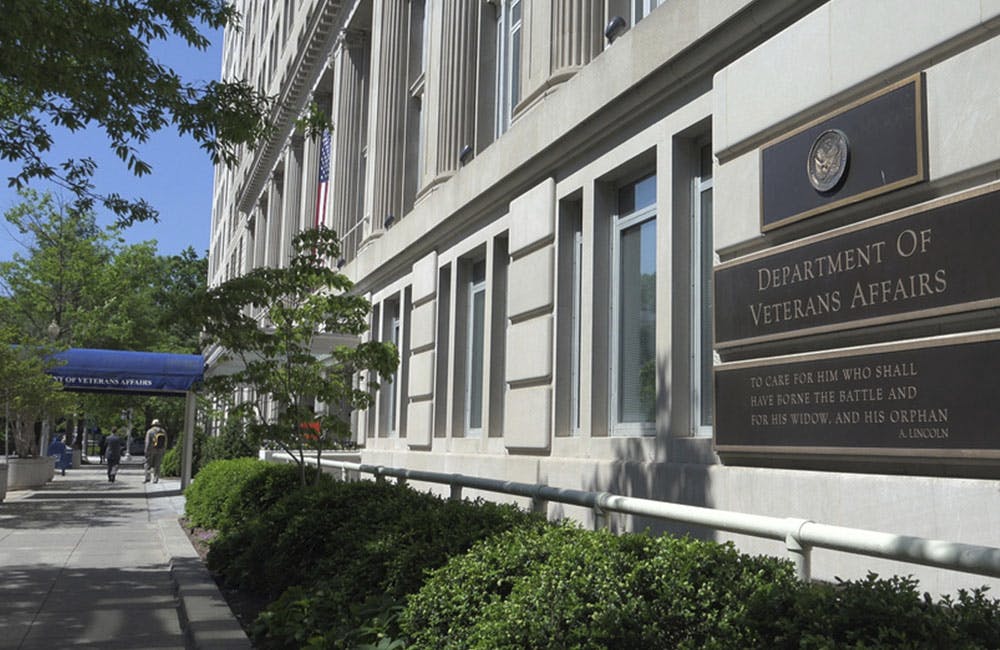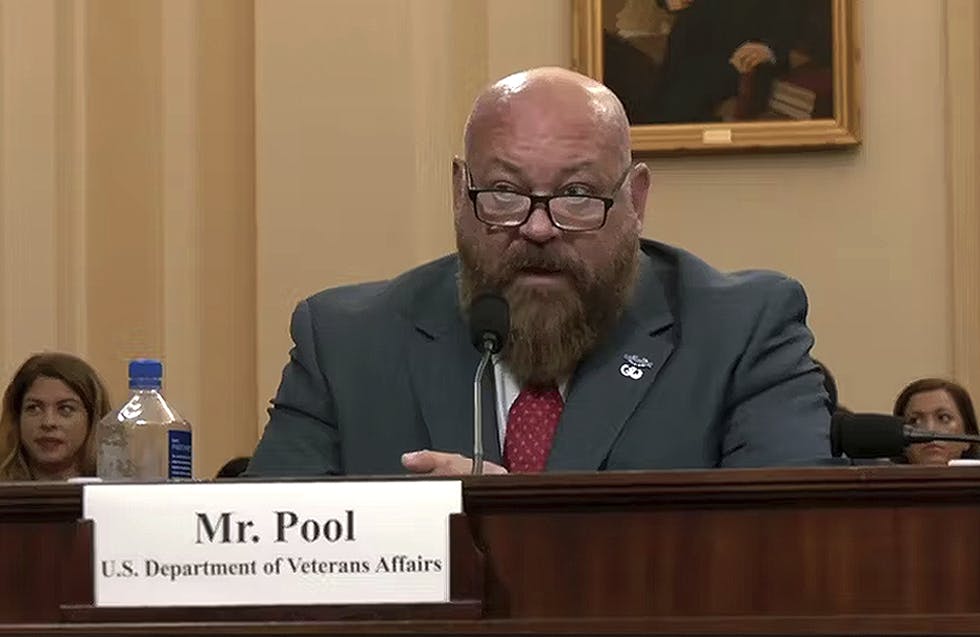An RPA Use Case from IRS’ Procurement Shop
The IRS procurement chief is focusing on skilling and culture change for successful RPA adoption.

Federal officials looking to modernize often say it’s all about people, processes and technology. But for IRS Chief Procurement Officer Shana Webers, the people are a top priority when introducing new technologies like robotic process automation (RPA).
There are three focus areas that Webers says are critical to acclimating the workforce to opening their minds to and affectively using RPA. She said an organization must:
- Embrace a holistic approach to capture the value of RPA.
- Effectively reskill employees and do so in a consistent manner.
- Address employee fears around automation through open communication and change management.
Webers developed this approach after there were a lot of initial concerns from employees. In August 2020, the National Defense Authorization Act required that the IRS modify its contract clauses. By that time, the IRS had a limited timeframe to do so. Webers was aware that the IRS was working on an RPA project outside of the contracting environment, but she wanted to reapply it to rework the contract clauses to meet the NDAA deadline.
“We had to modify 1466 contracts,” Webers said during an FCW event last month. “If we use our manual process that we historically tool, it was going to take us almost a year to complete. I had nine days to actually ensure that we got this completed, so what we decided to do after a lot of conversation was to leverage the RPA.”
The contracting team had “a lot of angst” when Webers introduced the RPA solution, but most of the hesitation stemmed from inexperience using RPA in the past and uncertainty of its ability to work. Webers then engaged in the first and third of her focus areas with her employees.
“I took an opportunity to just really listen — what are they saying, why did they have a concern about using this approach?” Webers said. “I think that by allowing me to hear their voice and hear that it was okay for them to be a little scared and afraid to go to an unproved approach and just emphasize that I had their back. The worst thing that could happen was our automation didn’t work as planned and we could go back to taking a year to complete it.”
That communication and empathy yielded positive results for Webers, who said that with RPA, she was able to execute almost 1,500 contract modifications in 72 hours. It reduced administrative burden on contracting officers, eliminated data errors and enabled the team to upload modifications into their contract file repository.
Amid this process, Webers noted that it’s critical for leadership to consider organizational readiness when introducing new technologies like RPA. One way to prepare an organization for RPA and other automated technologies is for leadership to help their workforce build technical skills, such as the ability to correct machine malfunctions, troubleshoot and repair bots, analyze quality control and implement new bot functions.
Webers also recommended building adaptive and soft skills for employees to remain agile for technological change. These include reinforcing critical thinking, active listening, cross-functional teaming, complex problem-solving and systems skills.
Also important is the need to conduct these trainings in a comprehensive and tailored manner.
“We want our employees to be successful and to put them in positions where they will be successful,” Webers said. “Understanding their strengths, understanding areas where they’re not as strong, as well as what they want to do and their desires. It takes a lot of time to just understand that about each individual employee and find out how to put them in a position where they can really leverage that strength to support the mission and get personal pride out of what they’re doing.”
Webers added that continuous learning is also key. She found that 10% of training comes from formal learning, 20% from informal learning and 70% for on-the-job experience. That 70% is where the continuous learning comes from.
“Where you get the biggest bang for the buck is on-the-job experience, and that doesn’t just mean the individual — that also means coaching and mentoring, ensuring that on-the-job experience, that those individuals have opportunities to incorporate what they’re learning in their daily jobs, that they have individuals that are supporting them and helping them and allowing them to ask questions” Webers said.
This is a carousel with manually rotating slides. Use Next and Previous buttons to navigate or jump to a slide with the slide dots
-

NSF Wants Industry Driving Quantum Innovation
The agency is pushing for partnerships to enhance the research community as Congress weighs additional legislation.
3m read -

White House Science Chief: US-Driven AI Sets Global Standards
Michael Kratsios outlined how American AI technology on the global stage will help standardize the tech and counter China’s influence.
5m read -

Modernizing Critical Infrastructure in the Face of Global Threats
Officials are expanding the latest strategies in boosting defense infrastructure, including securing satellite communications, upgrading enterprise-wide technology, optimizing data management.
20m watch -

Trump AI Orders Call for Speed in Building Infrastructure
The directives call for expanding AI infrastructure, streamlining federal permitting and promoting AI exports.
4m read -

DOD Accelerates Software Modernization with Agile DevSecOps Push
The Pentagon's software implementation plan tackles cultural hurdles and integrates security early to deliver critical capabilities faster.
6m read -

White House Unveils AI Action Plan to Secure Global Dominance
The strategy outlines steps to accelerate private sector innovation, build critical infrastructure and advance U.S. leadership in AI policy and security.
3m read -

VA's Platform One Powers Rapid Innovation to Bolster Digital Services
VA's Platform One accelerates software development timelines from weeks to hours, ultimately enhancing digital services for veterans.
5m read -

Federal Leaders Receive Federal IT Efficiency Flywheel Awards from GovCIO Media & Research
Five federal IT leaders received Flywheel Awards for driving innovation and modernizing technology at the Federal IT Efficiency Summit.
5m read -

Doing More with Less is Muscle Memory for IRS, Former Deputy CIO Says
Darnita Trower discusses her experience, the legacy she’s left behind and how she pushed the IRS to modernize itself,
20m watch -

Opinion: Original Intelligence Is the Missing Piece for AI Transformation
Limitations of AI agents and development drive growing needs for workforce development and "original intelligence."
3m read -

VA CIO Targets Modern IT and Smarter Workforce Alignment
Agency leaders told lawmakers they are focused on trimming legacy systems and restructuring its workforce to streamline operations.
3m read -

Pentagon's $200M AI Contracts Signal Broader Effort to Transform Talent
The Army is leveraging Silicon Valley, reservist programs and new hiring strategies to integrate critical digital skills in its ranks.
5m read
















